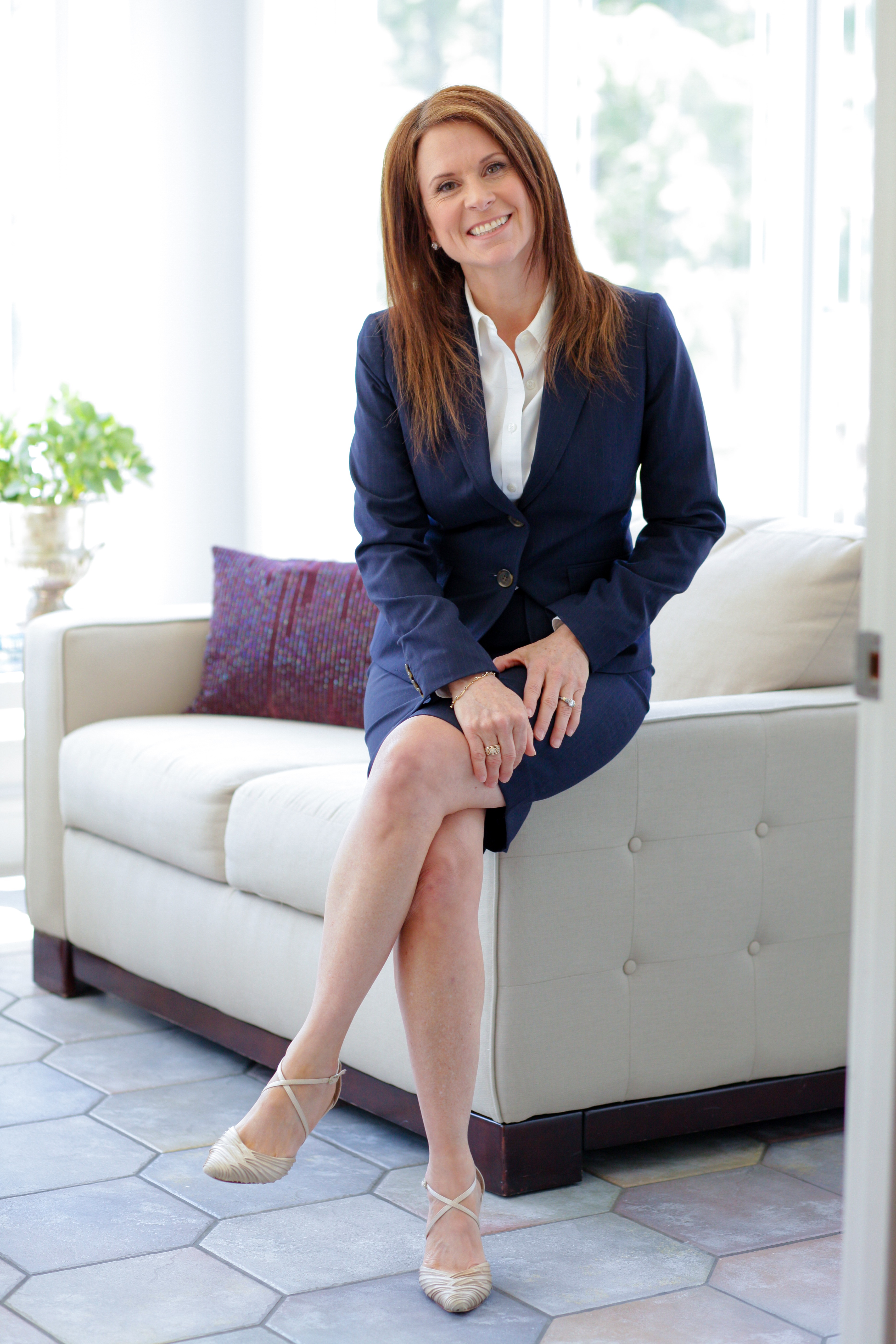
Your backyard offers the ideal place to spend time outside. However, if you're planning on getting plenty of use out of your backyard, you should make sure it doesn't have hazards that could be harmful to you and your household, including your pets. Here are a few ways you can make your backyard a safer place:
Switch to a Fenced-In Yard
If your yard doesn't have a fence, consider installing one. A fenced-in yard provides a safer environment for kids and pets, since it can stop them from running into the street or wandering away and getting lost. Putting a fence around your backyard can also stop wildlife and other people's pets from getting onto your property. Make sure you install a sturdy fence with a self-latching gate for added safety.
Get Rid of Toxic Plants
A backyard that's only filled with grass shouldn't be much of a safety problem, but watch out for plants that could be toxic to people or pets. Search your yard for any vegetation, including weeds, that are considered hazardous or toxic when ingested. Eliminate other plant hazards from your yard too, such as poison ivy or poison oak.
Check for Dangerous Pests
Wasps, fire ants and other pests can make your backyard a dangerous place. Check for fire ant mounds, wasp and hornet nests and other potential pest problems in your yard. If you're not sure how to handle these safely, you should hire pest control professionals. Eliminating these dangers from your yard helps make it a safe place for everyone in your home.
Set Up a Safe Grilling Area
Grills can be a hazard for kids and pets, but that doesn't mean you can't have one in your backyard. Set up a grilling area that's far enough away from any play areas, so kids won't wander close to the grill. Store matches, lighter fluid and other flammable items in a secure place that kids and pets can't reach.
Keep Trees in Good Shape
Tree limbs can seriously injure people and pets when they fall. Check the trees in your yard for dead or decaying limbs that need to be removed. Getting rid of these hazards helps reduce the risk of severe injuries from falling tree limbs.
About the Author

Kim Daneault
Like many of her clients, Kim’s family is the driving force in her life. Having lived and traveled the world, her husband and she have found New England to be the best place to raise a family; and have made it their home for over 20 years. She is happy to have built a family with a strong commitment to the New Hampshire area. And has developed a history of active participation in the community. Whether it is through the successful real estate practice; the many volunteer positions; or her active family time;
